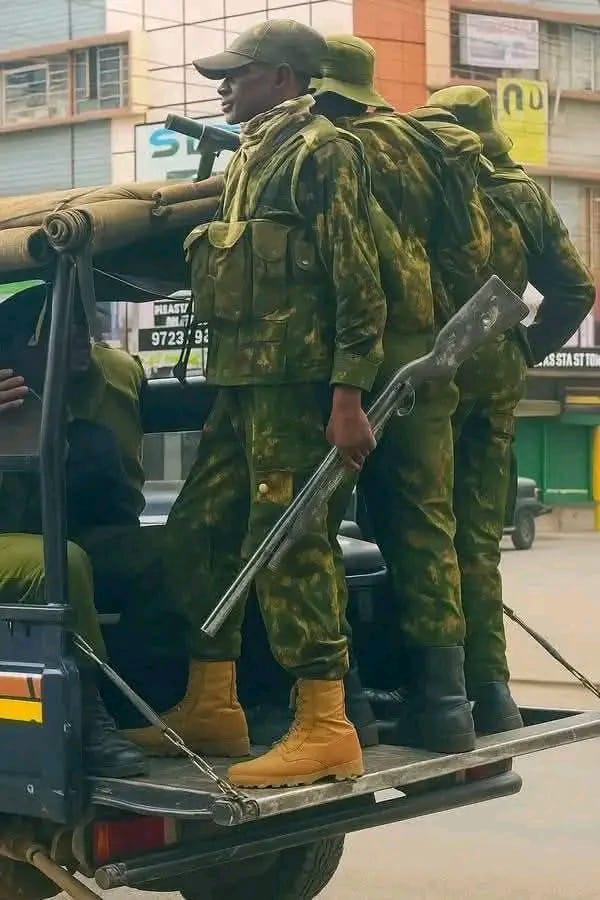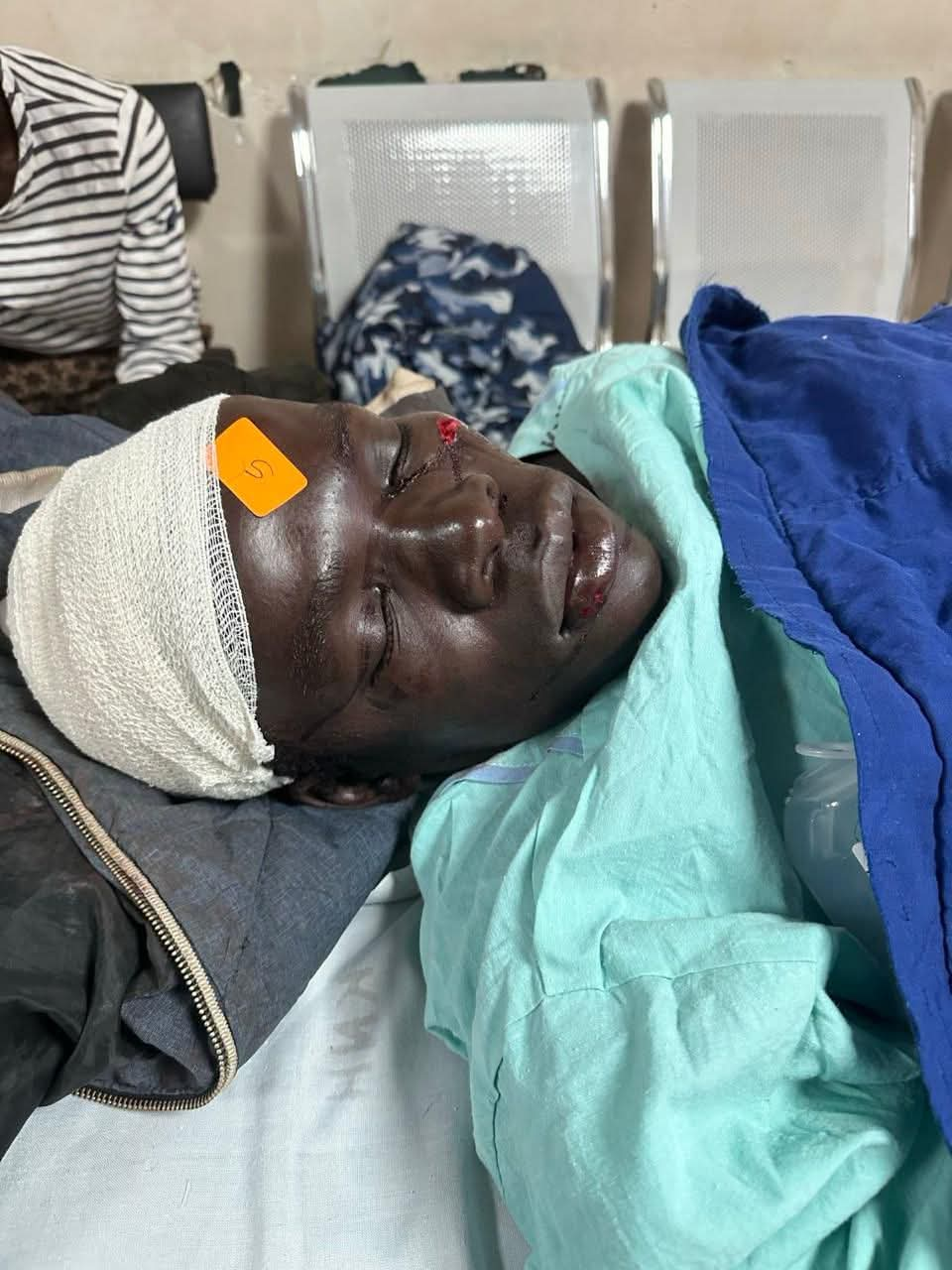By Murugi Ndwiga June 18th 2025.

In the swirling chaos of downtown Nairobi, just outside the familiar chaos of Imenti House, the nation bore witness to another horrifying chapter in Kenya’s long history of police brutality.
A man, unarmed and selling face masks to make a living, was gunned down in cold blood—shot in the head by a uniformed officer while crowds looked on in horror. The daylight execution attempt, captured on dozens of phones and streamed across social media platforms, has come to symbolize the deep rot at the heart of Kenya’s security apparatus.
The unidentified vendor, according to eyewitnesses, was approached by two officers. They harassed him, beat him in turns, and then one officer stepped forward, raised his gun, and shot him at point-blank range. As his body hit the pavement along Moi Avenue, the watching crowd screamed. Yet amid the chaos and horror, the man somehow survived the gunshot.
The Trigger: Albert Ojwang’s Death and a Nation’s Anguish
This incident did not occur in a vacuum. It unfolded amid public protests already fueled by the alleged abduction and murder of 31-year-old Albert Ojwang’. Ojwang’, a young father and aspiring entrepreneur, was reportedly taken by plainclothes officers in Homabay, transported hundreds of kilometers to Nairobi, and later found dead in Central Police Station custody.
His death lit the fuse. Hundreds poured into Nairobi’s CBD to protest what many believe is a state-sanctioned murder. What began as a cry for justice quickly turned into a national reckoning with police violence, authoritarianism, and impunity.
Hired Goons and Government Silence
What made yesterday’s events even more disturbing was the presence of goons—men armed with crude weapons, marching alongside police. According to multiple eyewitnesses, these men chanted songs praising President William Ruto and Nairobi Governor Johnson Sakaja. Their allegiance was not in question; they vowed to “guard the city” from what they termed as “chaotic youth.”
Their presence, captured in viral videos, has raised eyebrows and blood pressure across Kenya. Were these men hired by political leaders to intimidate protesters? While officials deny such claims, their coordination with police was undeniable.
As protesters tried to hold peaceful vigils, these groups menaced them with clubs and insults. The youth responded with stones and chants. The streets became battlegrounds.
A History of Blood: The Gen Z Massacres of 2024
The outrage is not new. In June 2024, the youth-led Gen Z movement held mass demonstrations against a harsh Finance Bill that would raise the cost of living and cut youth-centered social programs. The protests, organized largely on TikTok and Twitter/X, spread like wildfire. But the state responded with disproportionate force.
In towns from Kisumu to Mombasa, police opened fire on peaceful demonstrators. More than a dozen young people—some barely out of school—were shot dead. In Nairobi’s Mathare slums, a 19-year-old aspiring graphic designer was killed by a stray bullet while livestreaming the protest. To date, not a single officer has been held accountable for the killings.
Justice Deferred: IPOA’s Hollow Promises
The Independent Policing Oversight Authority (IPOA), established to bring accountability to rogue policing, remains toothless. With over 10,000 complaints filed against the police since IPOA’s inception, only 33 officers have ever been convicted. For most Kenyans, justice is a slogan, not a reality.
Activists argue the rot is systemic. Officers are trained in aggression, rewarded for force, and shielded from accountability. “We are being hunted,” said a 23-year-old protester and law student who wanted anonimity “They see us as enemies of the state for demanding dignity.”
Voices of Rage, Cries for Change
On social media, the Kenyan internet exploded with rage. Graphic footage of the shooting was reposted with cries for international attention.
Civil society organizations have demanded an independent inquiry into Ojwang’s death, the Moi Avenue shooting, and the June protest killings. They are calling for the resignation of top police commanders and an overhaul of the National Police Service.
Yet so far, President Ruto and Governor Sakaja have remained largely silent. Their silence is being interpreted as complicity.
A New Generation Rises
But Kenya’s youth—born after the era of dictatorship, raised in the digital age—are not backing down. From university campuses to informal settlements, young people are organizing, documenting, and demanding systemic change.
“This is not just about one man shot or one protester killed,” said one protester who requested for anonimity, a community organizer. “It’s about ending a system where the badge is a license to kill.”
Yesterday’s shooting wasn’t just a crime, it was a turning point. A moment that peeled back the illusion of democracy and revealed the violent heart of a failing state.
How the government responds in the days to come will determine not just the fate of a few officers or protesters, but the future of a nation on the brink.


dqjmvmjrwsuxfmrizofluewxrdeflg
Your style is so unique compared to many other people. Thank you for publishing when you have the opportunity,Guess I will just make this bookmarked.2